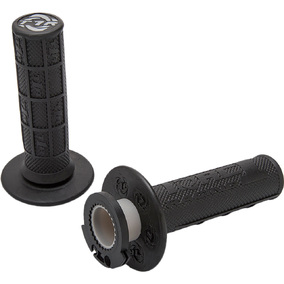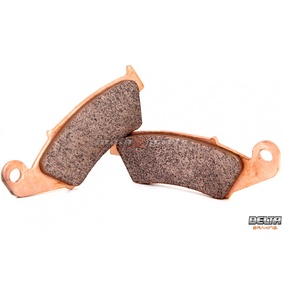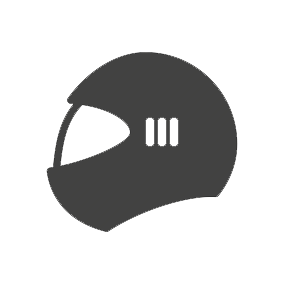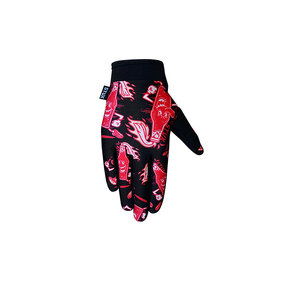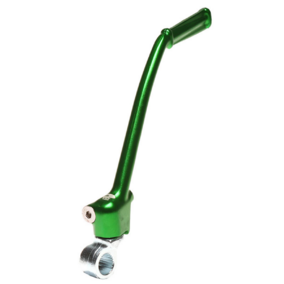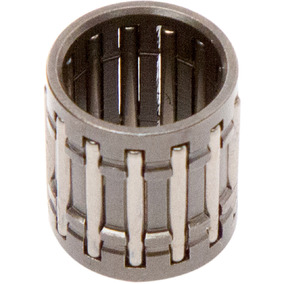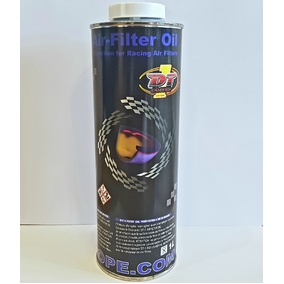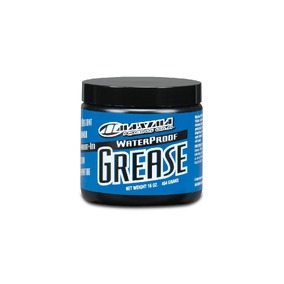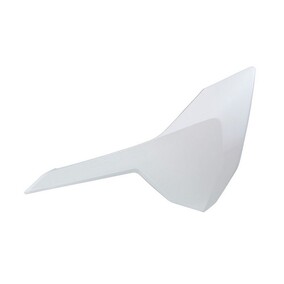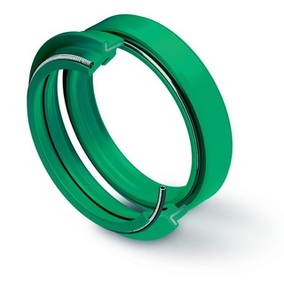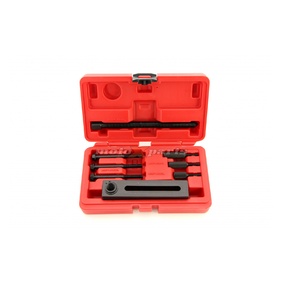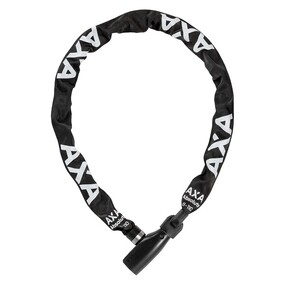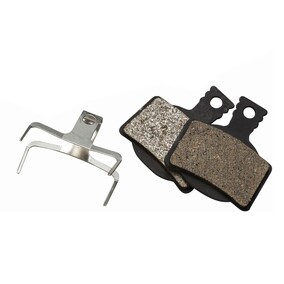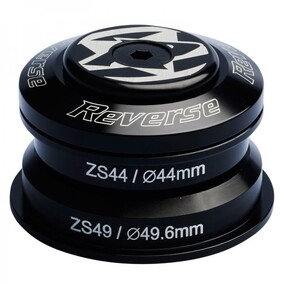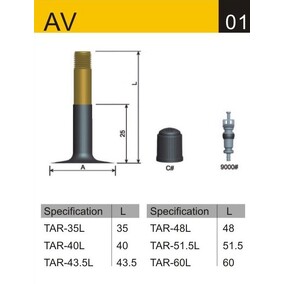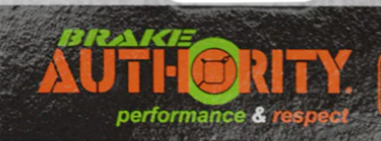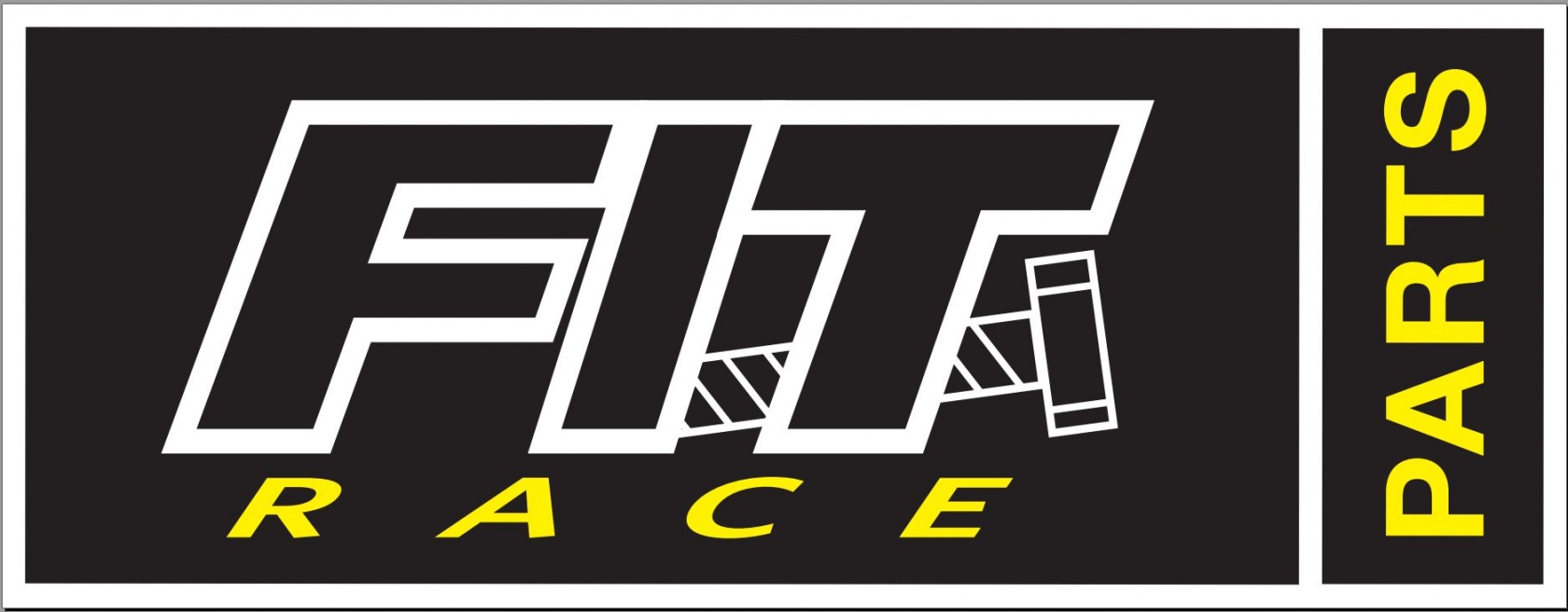Adjusting The Clutch
First, it's important to ensure that the clutch is engaging and disengaging properly, and there aren't external problems causing excessive, or inadequate free play at the lever, clutch fade, clutch slippage or other problems that brought you here.
Dirt bikes use 3 common & popular methods of controlling clutch engagement and disengagement and these which we're going to go over separately are:
· Cable Actuation
· Hydraulic Actuation
· "Auto-Clutches" which may have come standard from the factory,
or could have been installed as an aftermarket upgrade.
(Due to the complexity and variations between auto-clutches,
this article does Not cover these.)
Tips for Ensuring the Cable Actuation is Adjusted and Working Properly
On a cable actuated clutch, ensuring proper adjustment of the clutch cable is essential to the proper operation of the clutch. An improperly adjusted, damaged, improperly routed or binding cable can cause a clutch to slip, or not perform as it's intended, so it's critical that the clutch actuation is smooth, and there's an article you may want to review with more info on ensuring the clutch cable is lubricated and working smoothly.
Presuming that the cable actuation is smooth... Ensuring there's a proper amount of free play at the lever to permit full engagement and disengagement of the clutch is the first thing to cover.
With a properly adjusted clutch, there should be a minimum of 1/8" to a maximum of 3/8" free play between the end of the lever and the perch, with the lever at a released state. If the clutch lever is tight against the perch without any noticeable play within the cable's pull from a released position, the cable needs adjusted to allow slack in the cable which will allow the clutch full engagement. A clutch cable that's too tight could easily cause a clutch to slip since the cable will not allow the clutch to fully engage, and this should be addressed before continuing.
If there IS any slack at all in the cable, and the clutch is slipping, more slack is NOT going to make things better, there IS something amiss under the cover.
If it seems there's slop between the clutch lever and perch where the lever pivots, be sure to get a high-quality clutch perch and lever to tighten this up. If there's more than 3/8" of movement before tension of the clutch is felt, you may be able to take this up with the adjuster on the handlebars, or through an inline cable adjuster but if the movement seems excessive, there may be deeper problems which we'll get into below.
How to Ensure a Hydraulic Clutch is Working Properly
A hydraulic clutch is generally regarded as adjustment free, but the hydraulic system consists of many parts which do occasionally present problems with not creating adequate pressure at the lever to fully disengage the clutch, and this is often the result of air being introduced to the hydraulic system by opening of the system, as the result of a failed seal, or even neglected maintenance.
If the clutch lost pressure after removing the hydraulic line even for a moment or carefully, you're going to need to bleed the clutch thoroughly and the best way of doing this is to allow the system to bleed via gravity alone. Simply open the bleeder on the slave cylinder and continue to pour the specified hydraulic oil (or brake fluid if that's what the manufacturer recommends) into the reservoir while it drains from the bleeder on the slave cylinder until all the air is removed.
Occasionally hydraulic clutches do have problems with proper engagement of the clutch, but this is not common and is usually related to a piston becoming frozen in the bore of the master or slave cylinder, and is usually evident by a slave cylinder that sticks, or doesn't fully release. Another telltale sign of possible hydraulic system problems is by looking for signs of leakage from under the outer dust boot of either the master or slave cylinder, as well as a contaminated fluid reservoir any of which should be addressed.


